SINGAPORE: Employers now have guidelines on how to manage workplace safety during strong winds, heavy rain, lightning, heatwaves and haze.
These new guidelines, to help workplaces prepare for adverse weather, were released by the Ministry of Manpower (MOM) and Workplace Safety and Health (WSH) Council on Friday (Apr 4).
They come as climate change impacts global weather patterns and leads to more unpredictable weather in Singapore, said MOM and the WSH Council in a joint press release.
There were three deaths caused by adverse weather in the past five years, Senior Minister of State for Manpower Zaqy Mohamad told reporters during a visit to the construction site for the Central Weave Build-to-Order flat project in Ang Mo Kio.
One occurred after strong winds toppled a container, while two were related to lightning strikes.
One of the deaths, on Jul 12, 2024, involved a worker who was carrying out antenna installation works on an open rooftop. He collapsed after loud thunder was heard, and died the same day.
The new guidelines also come on the back of an advisory issued last September urging employers to be prepared for stronger winds, warmer temperatures, longer dry spells and increased occurrences of lightning and flash floods.
While the measures announced on Friday are not mandatory, employers and workers have obligations under the WSH Act to maintain safe workplaces, the authorities added.
For example, companies must abide by rules protecting outdoor workers from the risks of heat stress.
MOM said it will conduct checks to ensure the right workplace safety measures are in place, and take enforcement action against employers and individuals who commit safety lapses, they said.
Under the guidelines, employers are encouraged to assess the risks posed by adverse weather, considering the specific nature of their business operations, and prepare a response plan.
Stormy weather, for example, causes safety risks. Strong winds over 60kmh can cause flying debris and falling objects, while floodwaters can damage structures and sweep away workers and objects, the guidelines state.
While lightning, heatwaves and haze are less destructive, the guidelines urge employers to keep such weather in mind as well in developing comprehensive response plans.
"This includes clear communication systems, regular drills, and preparations to secure temporary structures and equipment," said MOM and the WSH Council.
"Employers should also maintain communication with contractors to ensure their preparedness for adverse weather conditions."
The guidelines urge employers to subscribe to alerts for strong winds, flash floods, lightning activity, heat stress and air quality.
Some of the recommendations to prepare for specific weather risks include:
- During strong winds – dismantling, reinforcing or lowering and securing structures as needed; pausing outdoor work and evacuating workers from areas that could become collapse zones if a structure fails
- During extreme rainfall and floods – proper shoring to stabilise the ground and prevent soil movement; training workers on flood-related risks like electrical hazards
- During lightning – stopping outdoor work once there is thunder or lightning; moving workers to the nearest building or lightning-protected shelter, and away from isolated trees and lamp posts
- During heat stress – acclimatising new workers and workers who have returned from long leave; rescheduling outdoor physical work to cooler times of the day when feasible
- During haze – deferring non-essential work or rotating jobs to shorten time spent working outdoors; providing mechanical aids like trolleys and hoists to make jobs less strenuous
MOM and the WSH Council said the recommendations were broad as employers have varying operational demands across industry and firm size.
The guidelines provide a foundation for employers to build upon, they added.
Workplace deaths in Singapore rose to 43 last year, with a rate of 1.2 deaths per 100,000 workers.
Twenty of the deaths occurred in the construction sector. This was the highest among any industry.
The top three causes of workplace fatalities last year were vehicular incidents, suffocating or drowning, and collapse or failure of structures and equipment.
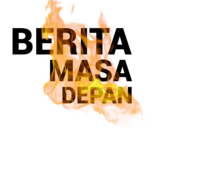
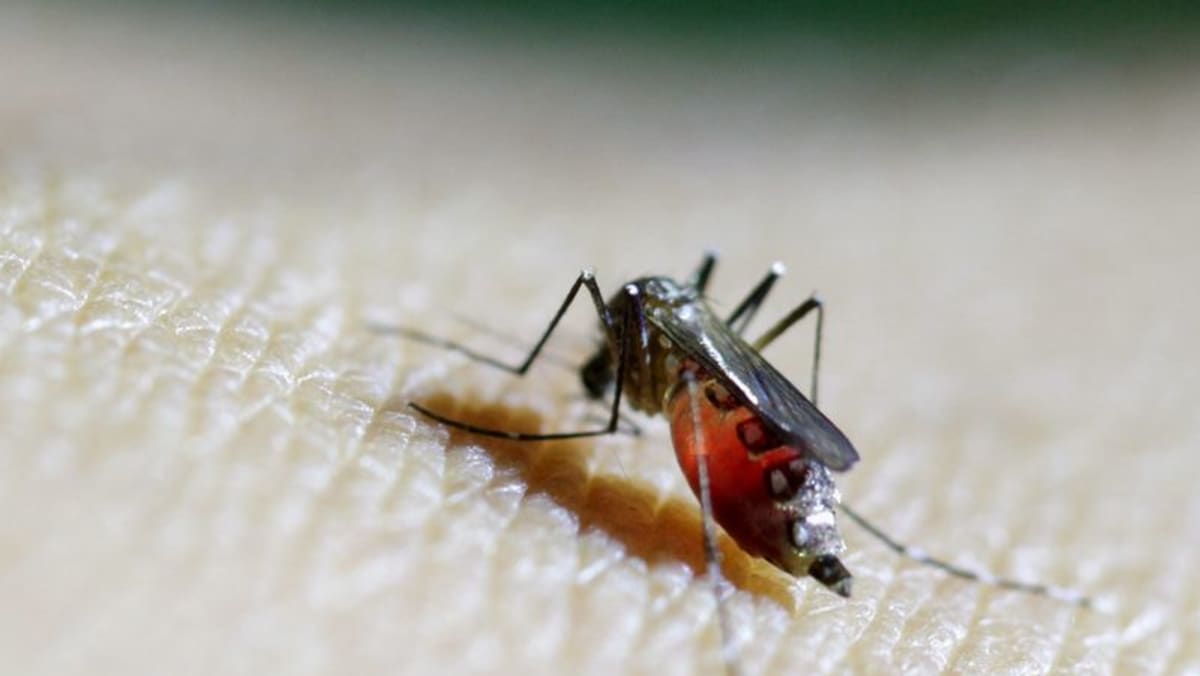
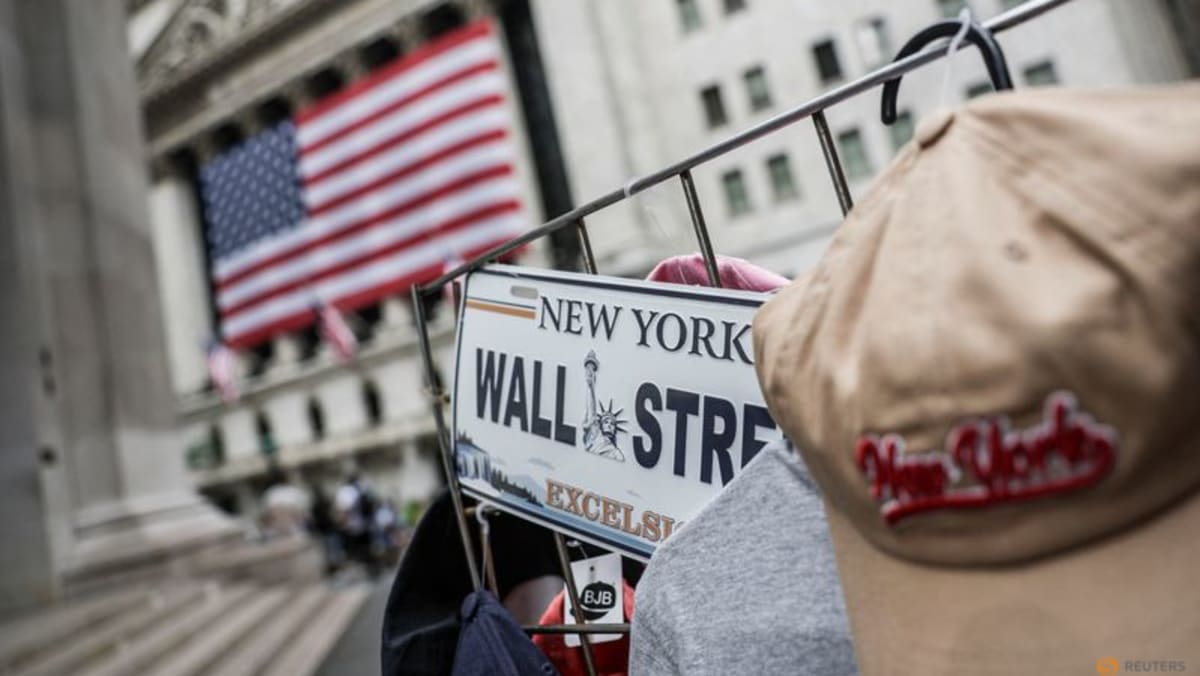


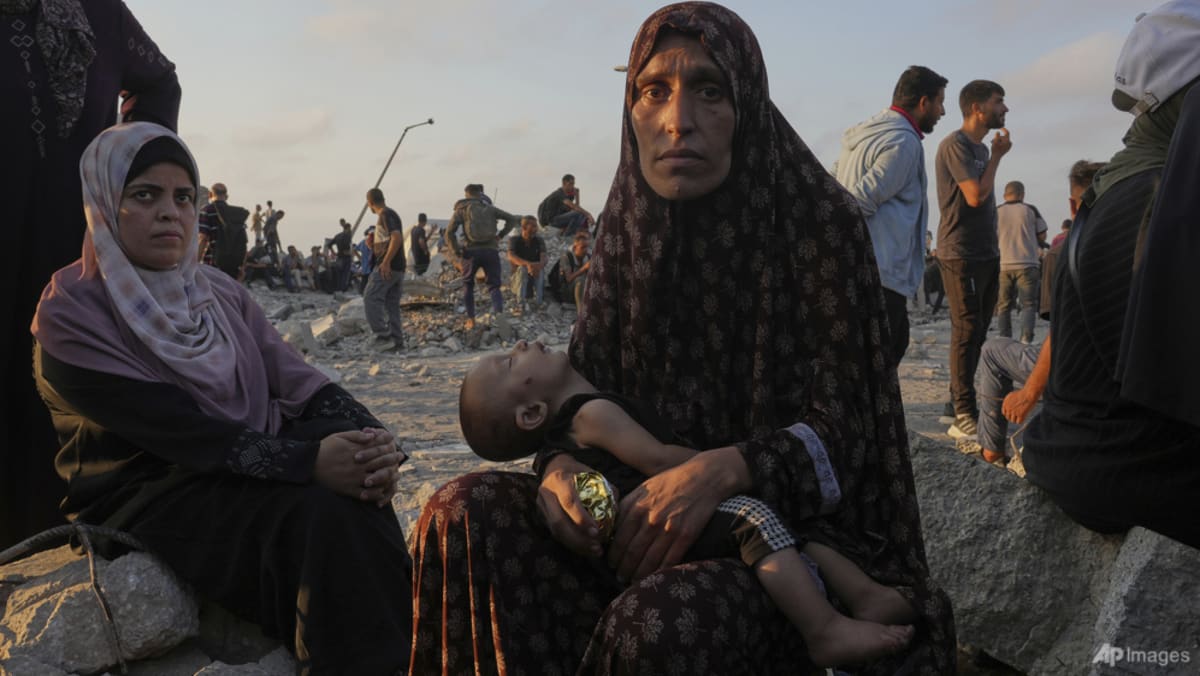
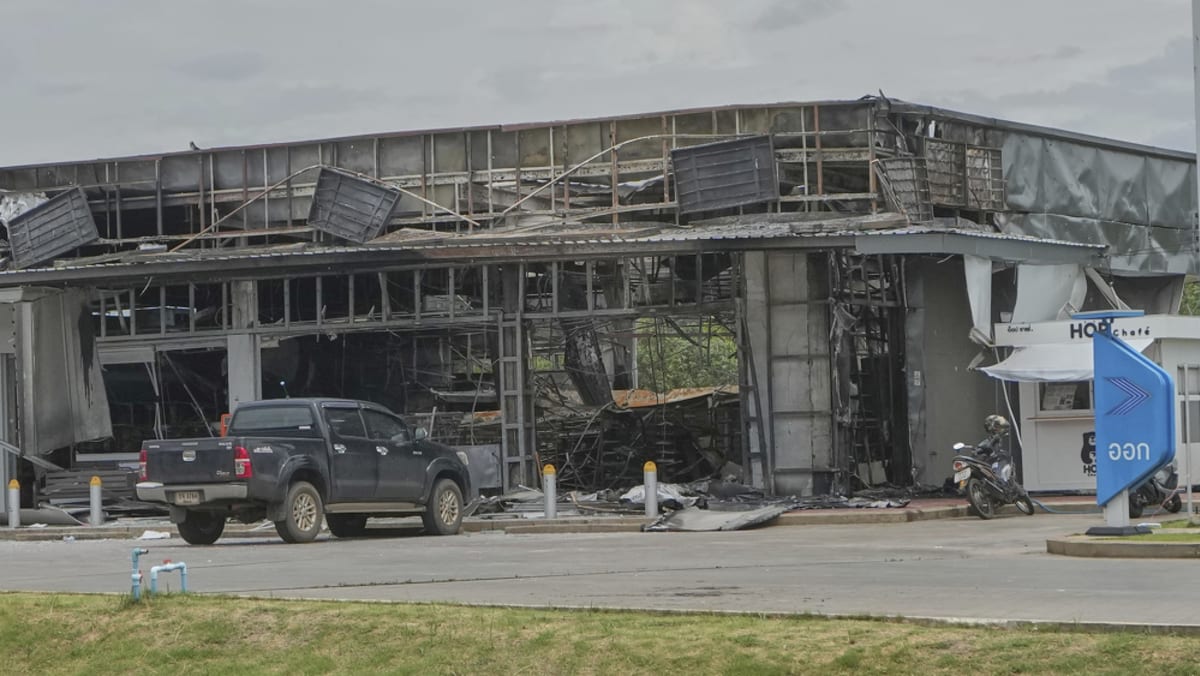

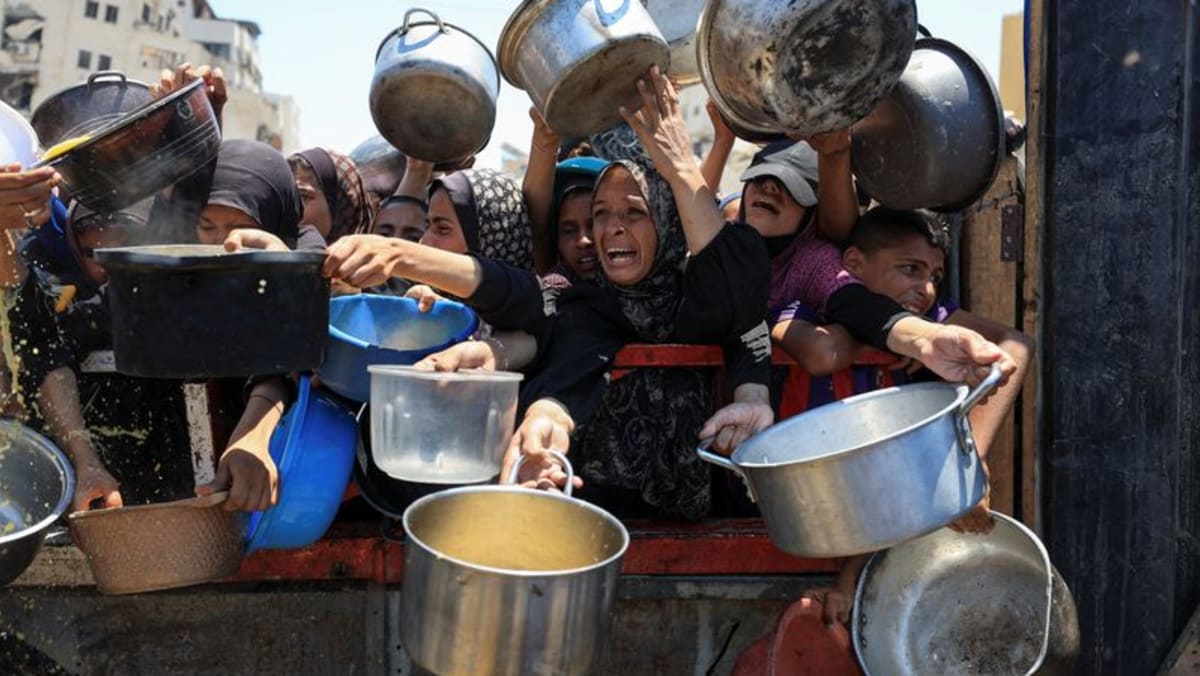

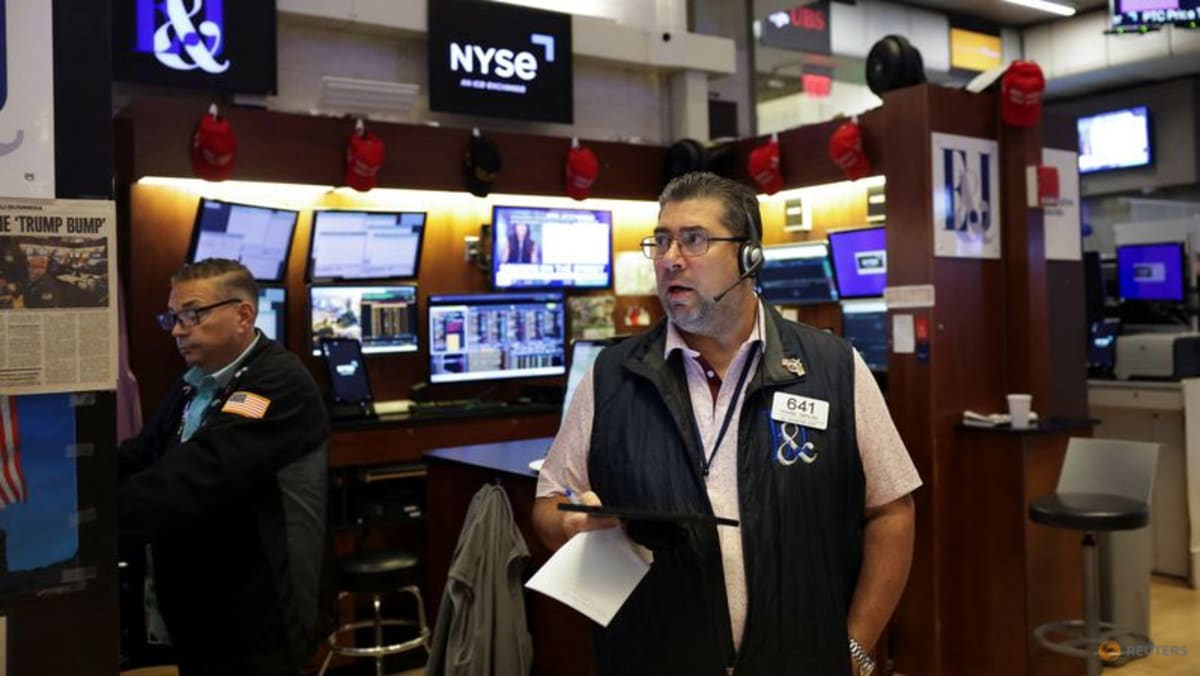



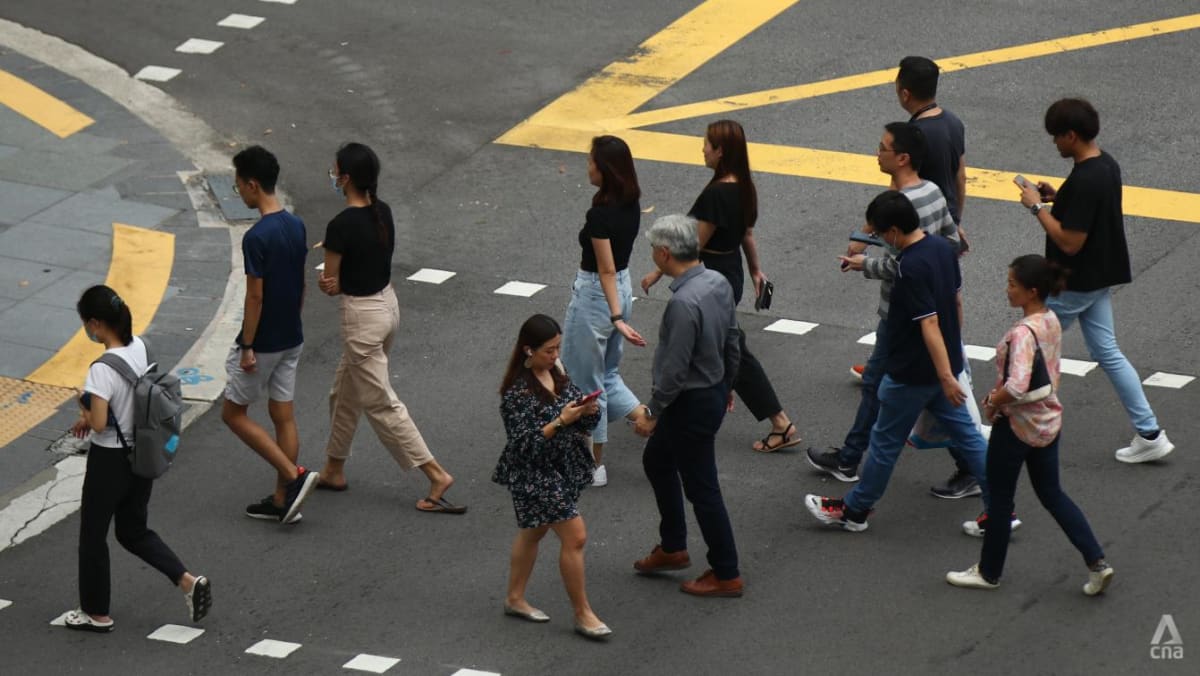



















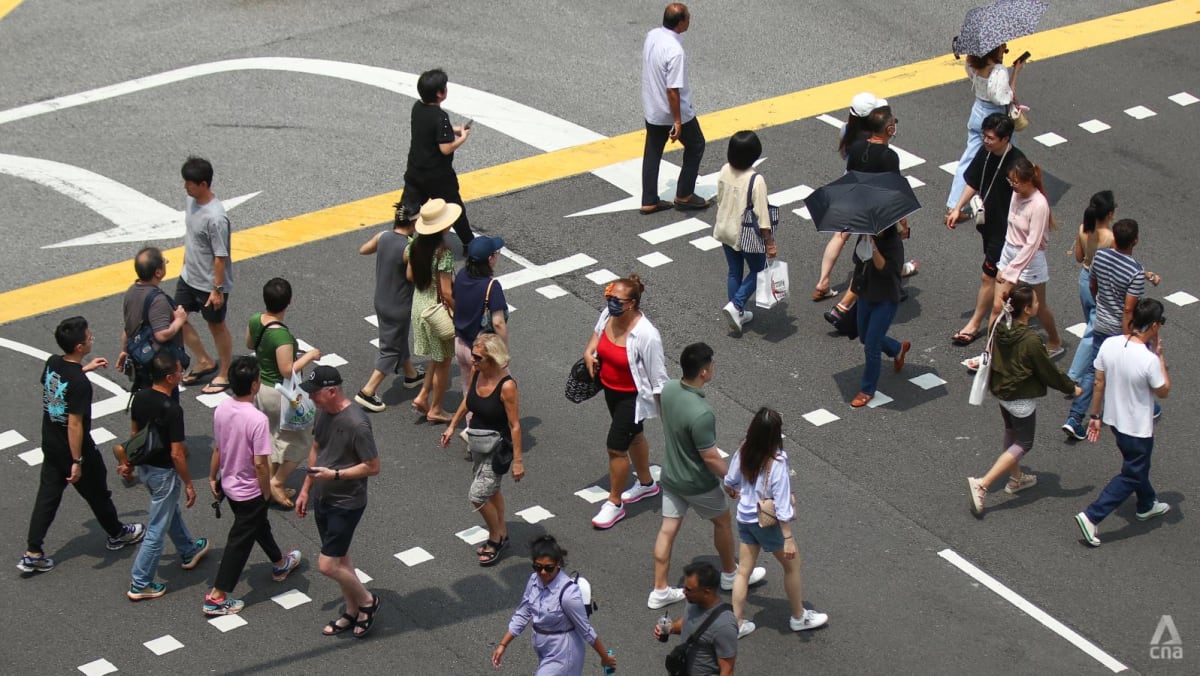





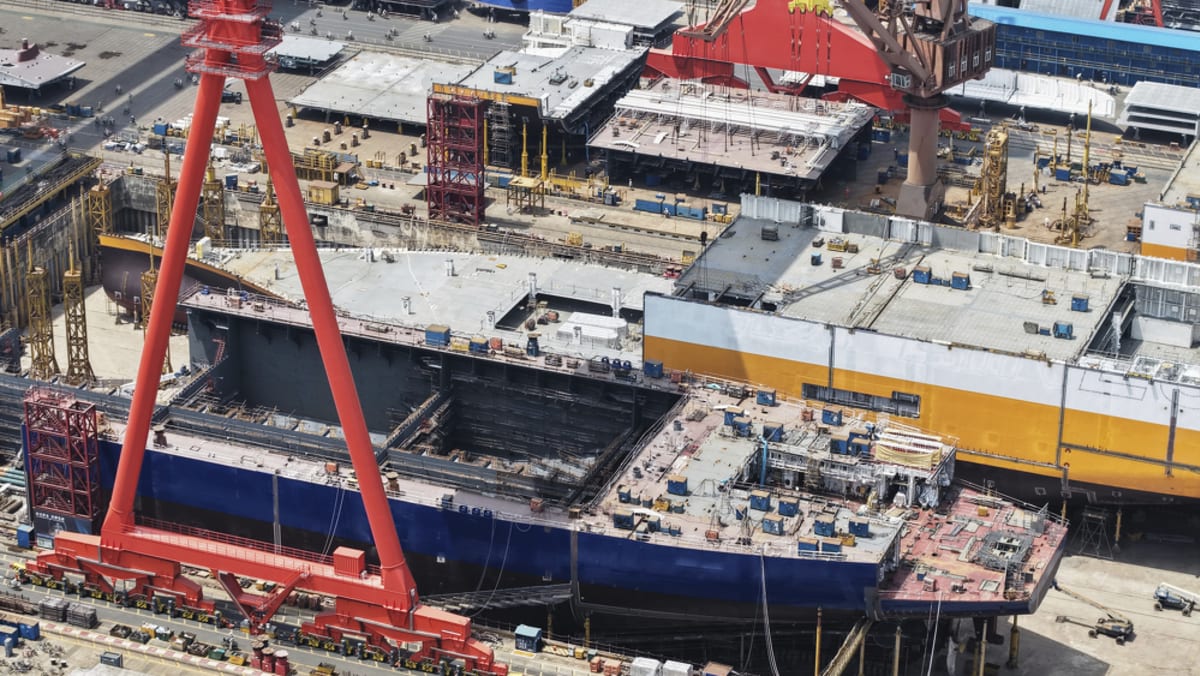






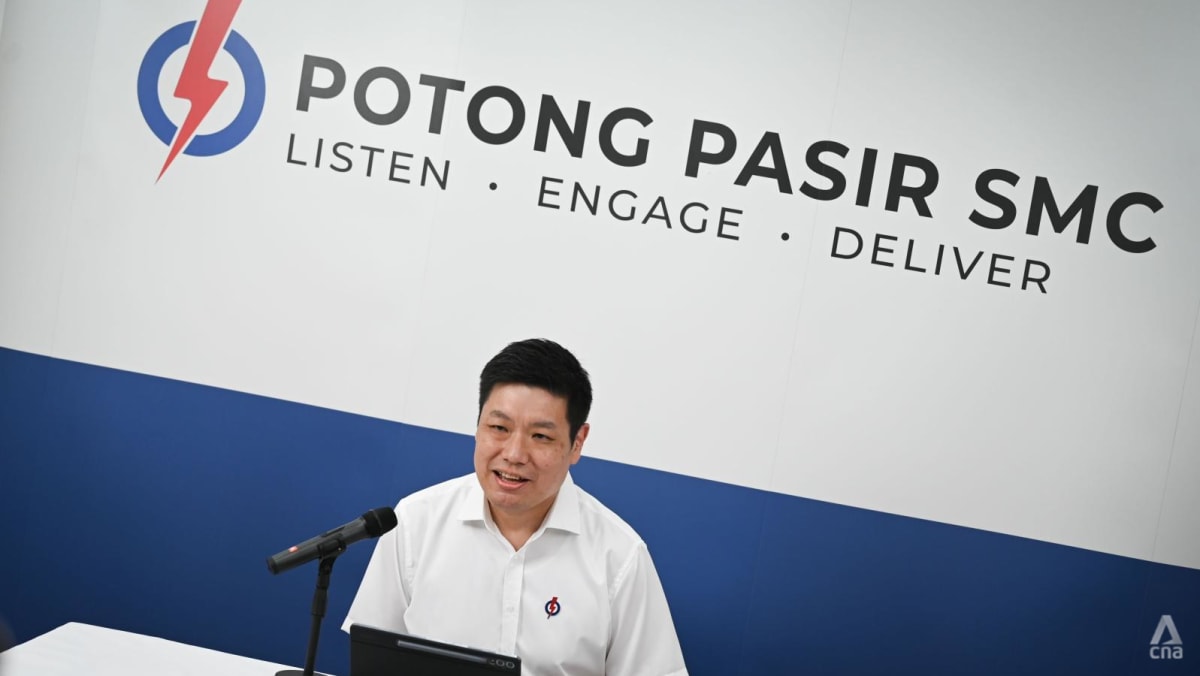
.png?itok=erLSagvf)

